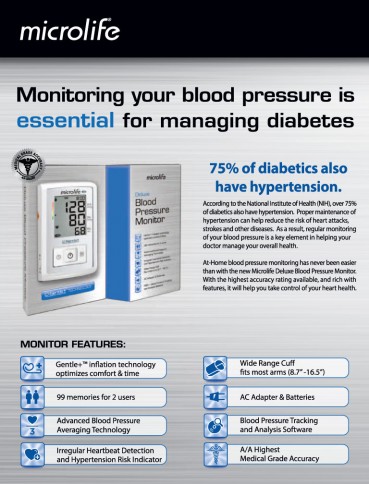Set A Heart-Healthy Example

Childhood obesity can?lead to short- and long-term?health problems—?such as high blood?pressure and diabetes—?that can start at an early?age. We all want the best?for our children. But?today, it’s not easy to?avoid many unhealthy?eating and activity habits?that can make our kids?weigh more than they?should. For example,?sweetened drinks, sugary?cereals, high-fat snacks?and fast foods add extra?calories. Those extra?calories do not burn off if?your child spends hours?each day in front of the?television or computer?rather than being active.?It also means your child?is not toning his or her?most important muscle:?the heart.
Parents can play an?important role in helping?their kids adopt heart-healthy?habits early in life.?One of the best ways to?do that is to set a heart-healthy?example. Children?copy what mom and?dad do. Here are some?tips from the American?Academy of Pediatrics that?you and your family can?use to fight childhood?and/or teen obesity.
1 Fast food, takeout and?eating out can contribute?extra calories if the items?you choose are high in fat;?are made with unhealthy?cooking methods, such as?deep frying; come in extra?large portions; or have rich?sauces and dressings. Also, try to avoid multi-tasking?and eating, which means?walking around the mall?while sipping a milkshake?or munching on a bag of?fries. Just because you’re?walking as you’re eating,?doesn’t mean you burn all?the calories you take in.
2 Avoid sugar-sweetened?drinks, including sodas,?sweetened teas, smoothies?and shakes, special waters?and even juices that are high?in calories. Try plain water?or low- or non-fat milk. If?your child wants chocolate?milk on occasion, just add a?little syrup or powder, not a?big spoonful. Make a sugary?drink a once-a-week special?treat, not a daily staple. Get?rid of soda in your fridge, as?it has no health value, but?can pack on the calories.
Read the full article of Set A Heart-Healthy Example

microlife? Deluxe Arm Blood Pressure Monitor

